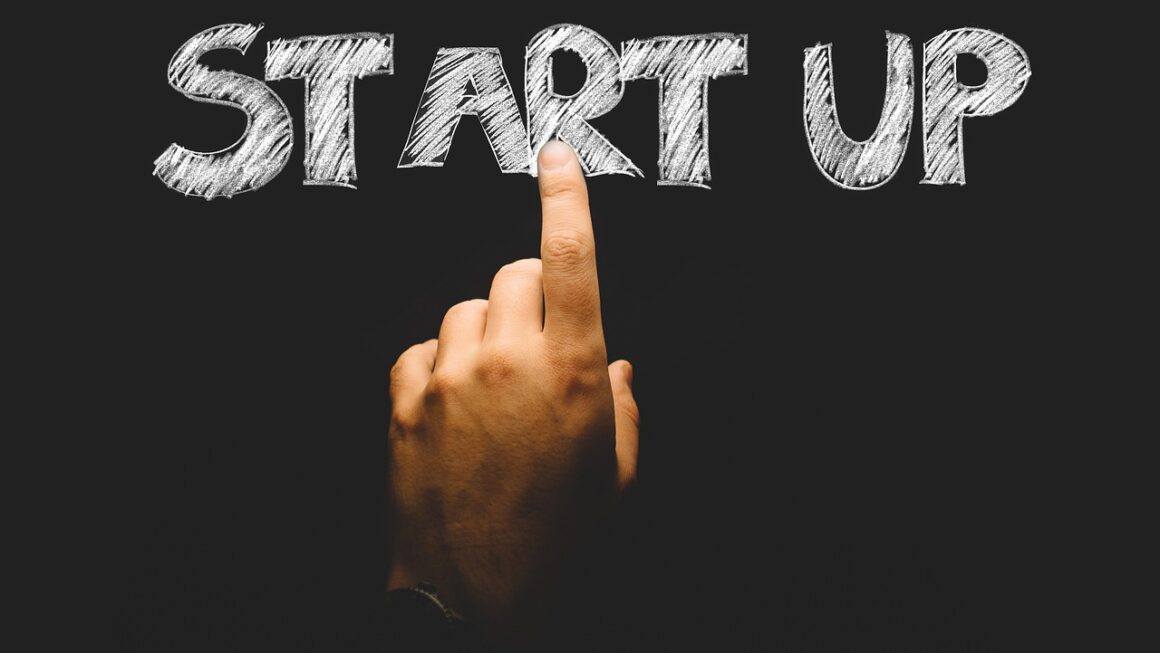The digital landscape has been irrevocably transformed by the rise of influencer culture. No longer are celebrities the sole drivers of trends and purchasing decisions. Today, everyday individuals with a dedicated online following wield significant power, shaping opinions, promoting products, and even influencing social and political discourse. Understanding this phenomenon is crucial for businesses, marketers, and consumers alike. Let’s dive into the multifaceted world of influencer culture and explore its impact on our society.
What is Influencer Culture?
Defining the Influencer
- An influencer is an individual who has the power to affect the purchase decisions of others because of their authority, knowledge, position, or relationship with their audience.
- Influencers can be found across various social media platforms, including Instagram, YouTube, TikTok, Twitter, and blogs.
- They build credibility and trust with their followers by creating engaging content that aligns with their niche.
The Spectrum of Influence: From Nano to Mega
- Nano-influencers (1,000-10,000 followers): Often have the highest engagement rates due to their close-knit communities and authentic content. Example: A local fitness instructor sharing workout tips and promoting small gym wear brands.
- Micro-influencers (10,000-100,000 followers): Offer a good balance of reach and engagement, making them attractive to brands with specific target audiences. Example: A beauty blogger reviewing skincare products and offering discount codes.
- Macro-influencers (100,000-1 million followers): Possess a broader reach and can generate significant brand awareness. Example: A lifestyle vlogger showcasing sponsored travel experiences.
- Mega-influencers (1 million+ followers): Often celebrities or established online personalities with immense reach and influence. Example: A famous actor promoting a new clothing line.
The Psychology Behind the Influence
- Trust and Authenticity: Followers trust influencers they perceive as genuine and relatable. They value authentic reviews and personal experiences.
- Social Proof: Seeing others endorse a product or service creates a sense of social proof, making potential customers more likely to make a purchase.
- Aspirational Content: Influencers often curate aspirational content that inspires followers to improve their lives or achieve their goals.
The Business of Influence: Monetization and Marketing
Influencer Marketing: A Growing Industry
- Influencer marketing is a form of marketing in which brands collaborate with influencers to promote their products or services to a wider audience.
- Spending on influencer marketing is projected to reach billions of dollars in the coming years, making it a significant component of marketing strategies.
- According to Statista, the influencer marketing industry is expected to be worth around $16.4 billion in 2023.
Common Monetization Strategies
- Sponsored Posts: Influencers are paid to create and share content that promotes a brand or product. Example: A food blogger creating a recipe using a specific brand of sauce.
- Affiliate Marketing: Influencers earn a commission for every sale generated through their unique affiliate links. Example: A tech reviewer including an affiliate link to a product in their video description.
- Brand Ambassadorships: Influencers form long-term partnerships with brands, representing their values and promoting their products consistently. Example: A fashion influencer becoming the face of a clothing brand.
- Creating and Selling Products: Some influencers leverage their audience to launch their own products, such as merchandise, courses, or e-books. Example: A fitness influencer creating and selling workout programs.
Measuring ROI: Tracking Influencer Campaign Success
- Engagement Rate: Measures the level of interaction followers have with influencer content (likes, comments, shares).
- Reach and Impressions: Tracks the number of unique users who saw the influencer’s content and the total number of times the content was displayed.
- Website Traffic: Monitors the traffic driven to a brand’s website through influencer marketing efforts.
- Conversion Rate: Measures the percentage of users who took a desired action (e.g., making a purchase, signing up for a newsletter) after interacting with influencer content.
The Dark Side of Influence: Challenges and Controversies
Ethical Concerns and Transparency
- Lack of Disclosure: Influencers may not always clearly disclose sponsored content, leading to deceptive marketing practices.
- Fake Followers and Engagement: Some influencers purchase fake followers or engagement to inflate their perceived value, which undermines the authenticity of the industry.
- Promoting Harmful Products: Influencers may promote products that are harmful to health or the environment for financial gain.
The Impact on Mental Health
- Comparison and Envy: Followers may experience feelings of inadequacy or envy when comparing their lives to the curated and often unrealistic lifestyles portrayed by influencers.
- Pressure to Conform: Influencer culture can promote unrealistic beauty standards and societal expectations, leading to anxiety and low self-esteem.
- Cyberbullying and Online Harassment: Influencers can be targets of cyberbullying and online harassment, which can have a significant impact on their mental well-being.
Regulations and Guidelines
- Advertising Standards Authority (ASA) and Federal Trade Commission (FTC) have issued guidelines to ensure transparency and ethical practices in influencer marketing.
- These guidelines require influencers to clearly disclose sponsored content using hashtags like #ad, #sponsored, or #partner.
- Brands and influencers can face legal consequences for failing to comply with these regulations.
Navigating the Future of Influencer Culture
The Rise of Authenticity and Micro-Influencers
- Consumers are increasingly seeking authenticity and transparency from influencers, leading to a shift towards micro-influencers who are perceived as more relatable and trustworthy.
- Brands are recognizing the value of partnering with micro-influencers who have highly engaged niche audiences.
- Example: A local restaurant partnering with a food blogger with 5,000 followers who is known for honest reviews.
The Power of User-Generated Content (UGC)
- User-generated content (UGC) is becoming increasingly important as consumers trust the opinions and experiences of their peers more than traditional advertising.
- Brands are encouraging customers to create and share content related to their products or services, which can be leveraged for marketing purposes.
- Example: A clothing brand running a social media campaign encouraging customers to share photos of themselves wearing their clothes using a specific hashtag.
The Role of AI and Automation
- AI and automation are playing an increasingly important role in influencer marketing, helping brands identify and vet influencers, track campaign performance, and personalize content.
- AI-powered tools can analyze influencer data to identify the most effective influencers for a particular brand and target audience.
- Example: Using AI to detect fake followers and engagement on influencer profiles.
Conclusion
Influencer culture is a dynamic and evolving phenomenon that has profoundly impacted the way we consume information, make purchasing decisions, and interact with each other online. While it offers significant opportunities for brands and individuals alike, it also presents ethical challenges and potential risks. By understanding the intricacies of influencer culture, being mindful of its impact, and promoting transparency and authenticity, we can navigate this landscape responsibly and harness its power for positive change. The future of influencer marketing lies in prioritizing genuine connections, fostering ethical practices, and empowering consumers to make informed choices.




